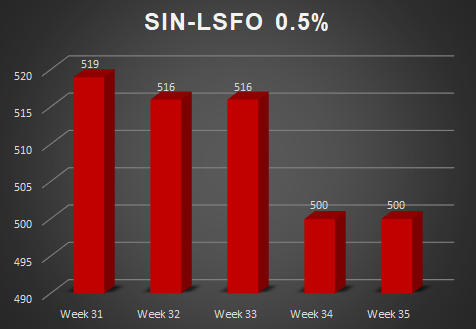Maritime Market News
News Highlights week: 14 - 2022
Ngày đăng: 07/04/2022 | Lượt xem: 572
Charter market activity remains limited
The container charter market was particularly quiet in the past fortnight, with a limited number of fixtures caused by the continued shortage of prompt tonnage.
There is also a feeling that vessel demand might no longer be as pressing as in previous weeks, with most of the main charterers, bar one, seemingly happy to wait for a possible market correction before fixing any more tonnage.
This ‘wait and see’ approach can also be felt in the sale & purchase market which has gone equally quiet, not only because of a lack of sales candidates, but also as some buyers consider that prices have just gone too high.
Overall, whether trying to charter or sale their ships, NOOs are finding that deals have become more difficult to conclude than a few weeks ago.
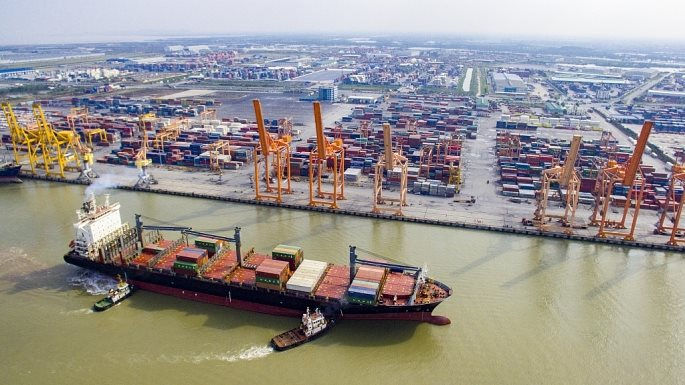
The global uncertainties, with the ongoing unknowns surrounding the war in Ukraine and further Covid lockdowns in China, especially in Shanghai, are partly to blame for the current market dithering.
There are also question marks on how cargo volumes and freight revenues will evolve in the coming months, against a backdrop of continuously falling freight rates on most routes.
This perception of greater downside risks is dampening sentiment, causing more hesitation among carriers.
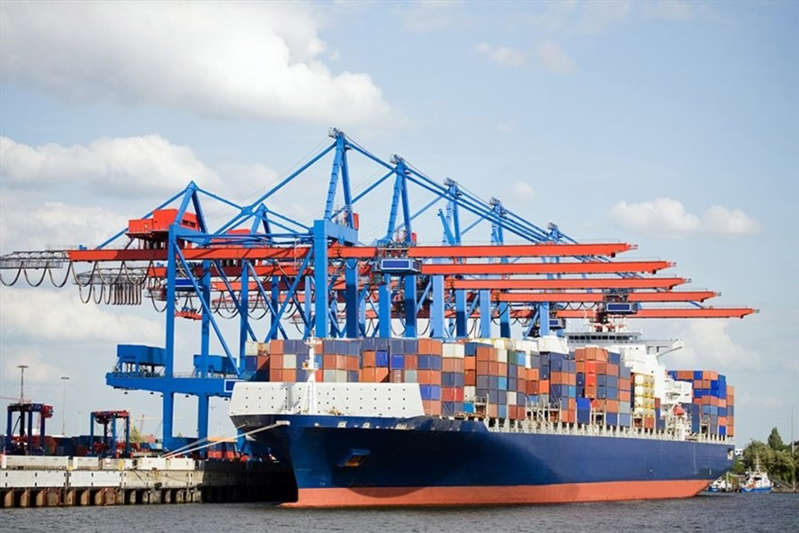
It does not mean, however, that the charter market will change direction any time soon. With a continued shortage of prompt tonnage across all sizes, and persistent disruptions in the supply chain supporting vessel demand, charter rates are unlikely to come off significantly from their current historic highs in the foreseeable future.
Port congestion likely to persist into Q2
Congested ports and supply chain constraints tied to logistical issues are likely to persist into the second quarter of 2022, shipping company executives said last week during conference calls to discuss Q4 and full-year earnings.
Soren Skou, CEO of global container shipping major AP Moller-Maersk, told investors he expects the current market situation to extend into Q2, with normalisation likely in the second half of the year.
The company – which saw 2021 revenues surge to $48.2bn from $29.2bn in 2020, largely on elevated freight rates due to the ongoing impact from the pandemic – said it expects continued growth for container demand in the coming year.
Maersk executives are anticipating 2-4% growth in container demand this year, “subject to high uncertainties related to the current congestion, network disruptions and demand patterns”.
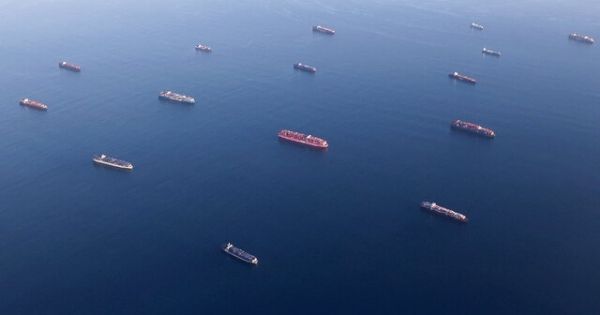
Maersk said it increased its ocean fleet capacity to 4.3m twenty-foot equivalent units (TEUs), including 300,000 forty-foot equivalent (FFE) of new containers.
“While the persistent congestion contributed to higher freight rates, it also had a negative effect on the loaded volumes, leading to a volume decrease of 4% year on year, especially with backhaul volumes down 12% due to reallocation of empty containers,” executives said.
The CEO of independent containership company Danaos Corp, John Coustas, told investors the situation is not worsening, but it is not improving either.
“Well, to be honest, we have seen a kind of a steady situation in the ports,” Coustas said.
The executive said stringent COVID-19 restrictions in Asia, especially China, are weighing on productivity.
He said the disruptions could continue unless there is “normalisation in the reopening of all these countries”.
Coustas said the company is seeing changes in the way companies are doing business after the supply chain disruptions seen throughout 2021.
“On the other hand, what we see in the whole world is that in order for companies to be able to withstand the supply chain disruptions, they have changed their policy into increasing their inventories substantially because they cannot just rely on ‘just in time’,” he said.
Container ships are relevant to the chemicals industry because while most chemicals are liquids and are shipped in tankers, container ships transport polymers such as polyethylene (PE) and polypropylene (PP), which are shipped in pellets.
The Marine Exchange of Southern California (MESC) said the backlog of container ships at the twin Pacific Coast ports of Los Angeles and Long Beach continues to wind down.
As of Friday, there were 76 container ships backed up at the ports, with two at anchor, one loitering and 73 vessels slow-speed streaming or loitering outside the Safety and Air Quality Area (SAQA).
The record before the new queuing system was implemented is 116 container ships on 16 November.
Source: ICIS
Chỉ số Thị trường
Tin nổi bật
-
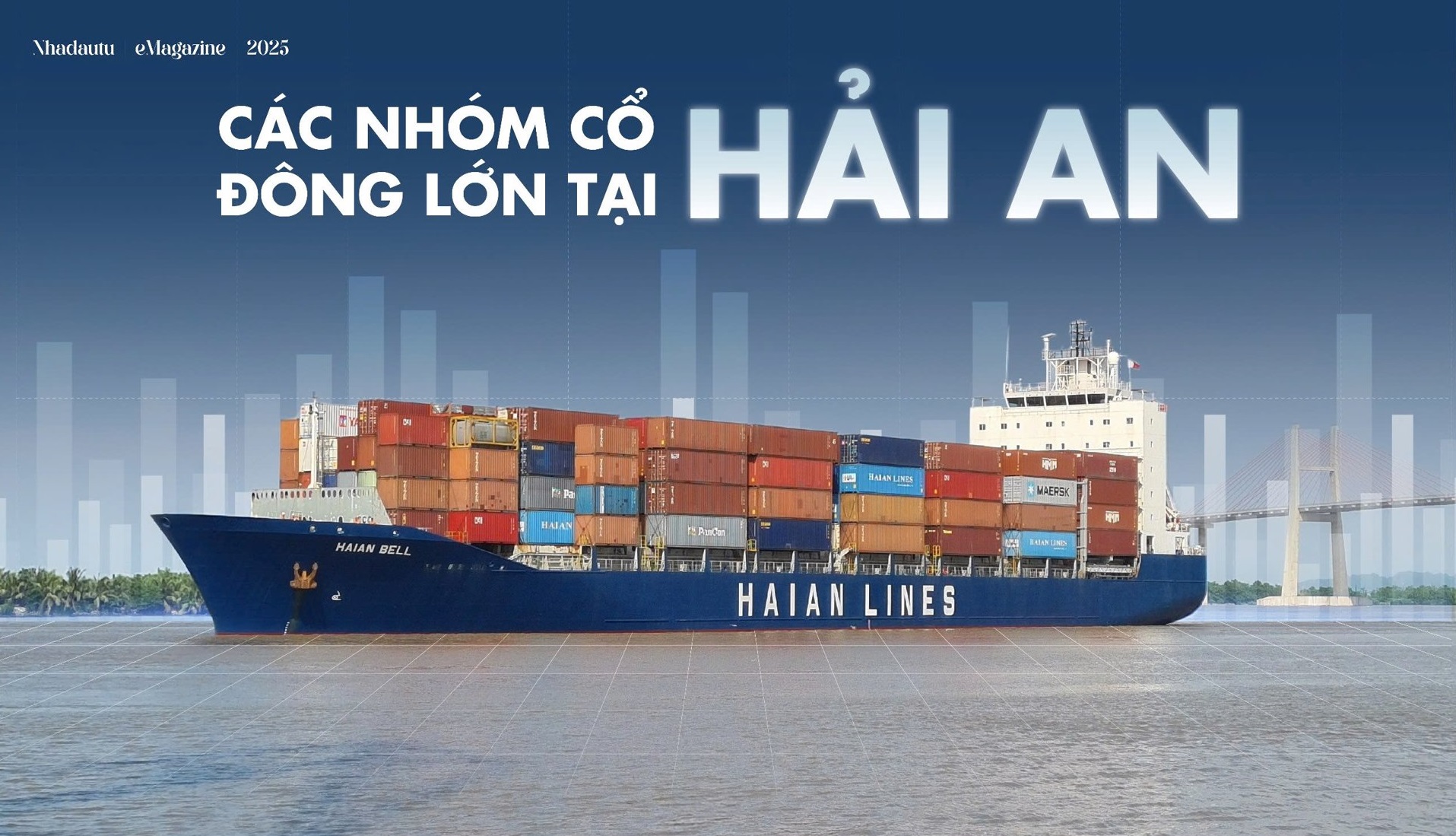
-
Các nhóm cổ đông lớn tại Hải An
Ngày 10/09/2025
-

-
Thông báo về việc giao dịch chứng khoán thay đổi niêm yết
Ngày 29/08/2025
-

-
Quyết định thay đổi đăng ký niêm yết
Ngày 29/08/2025




